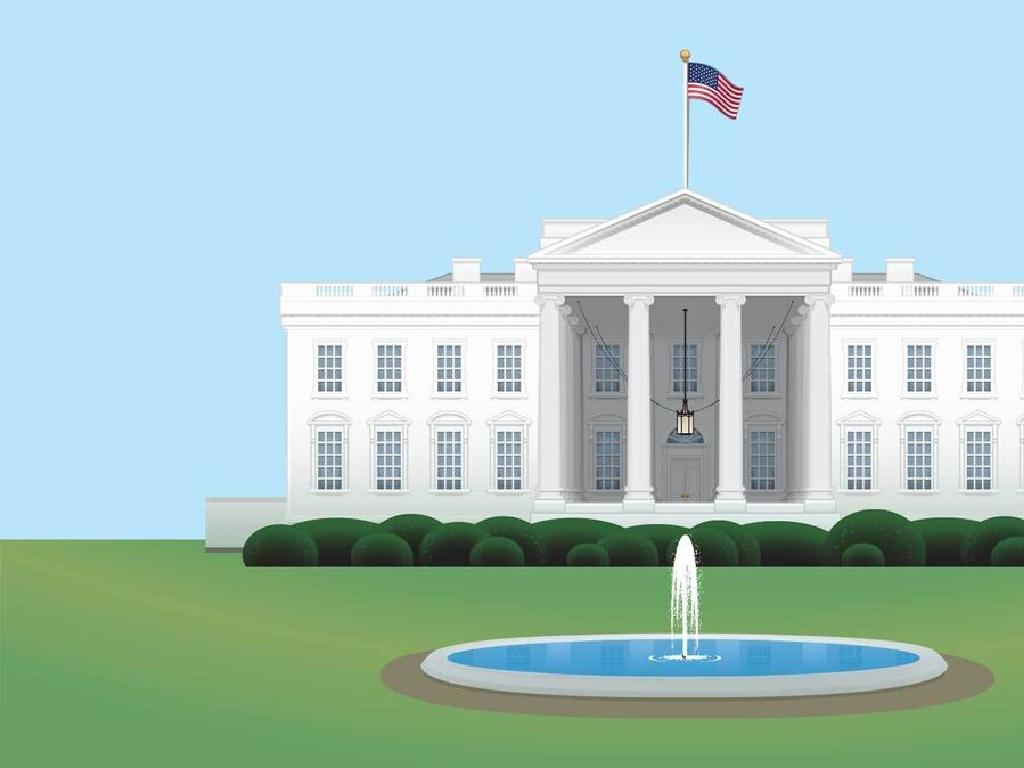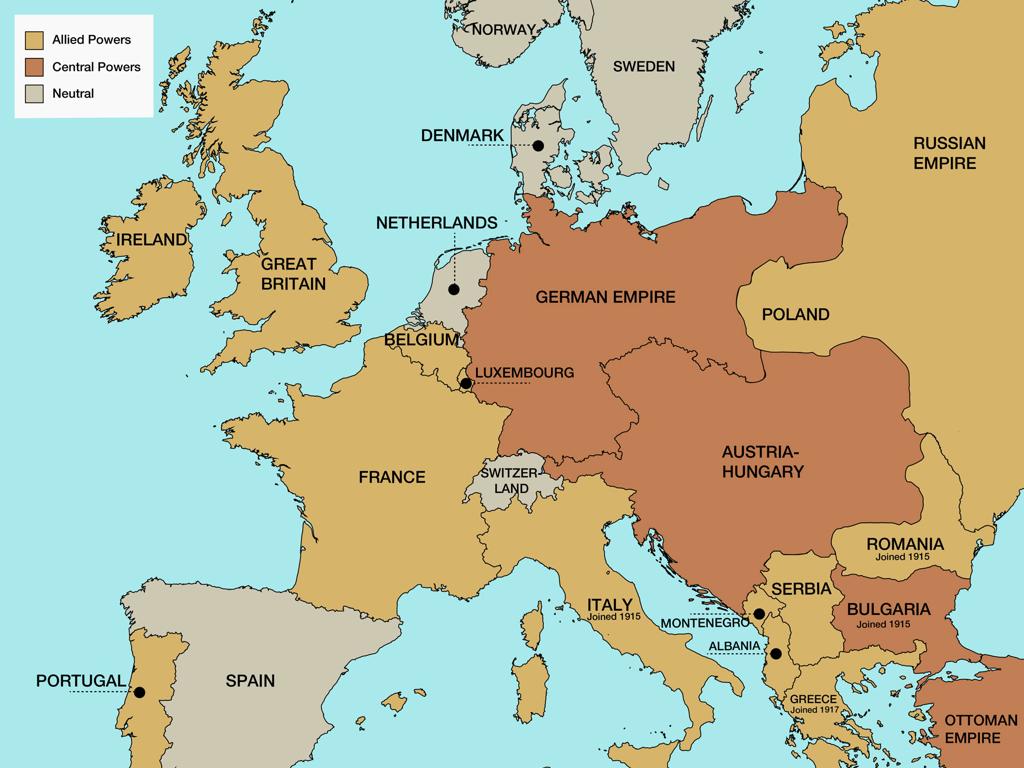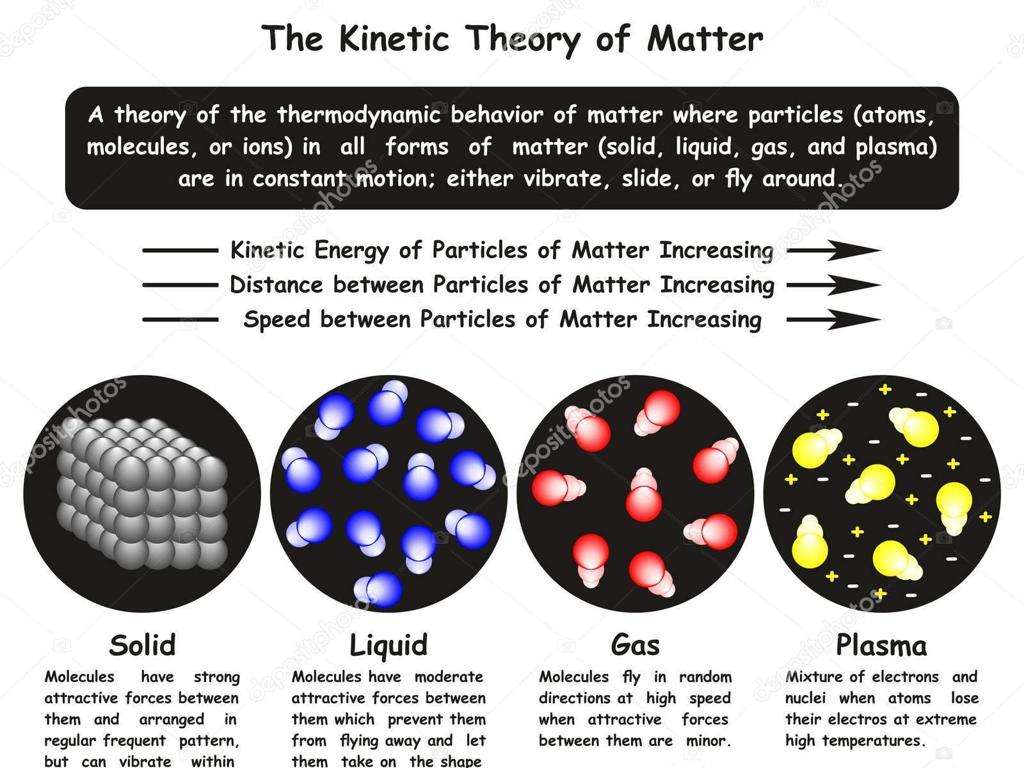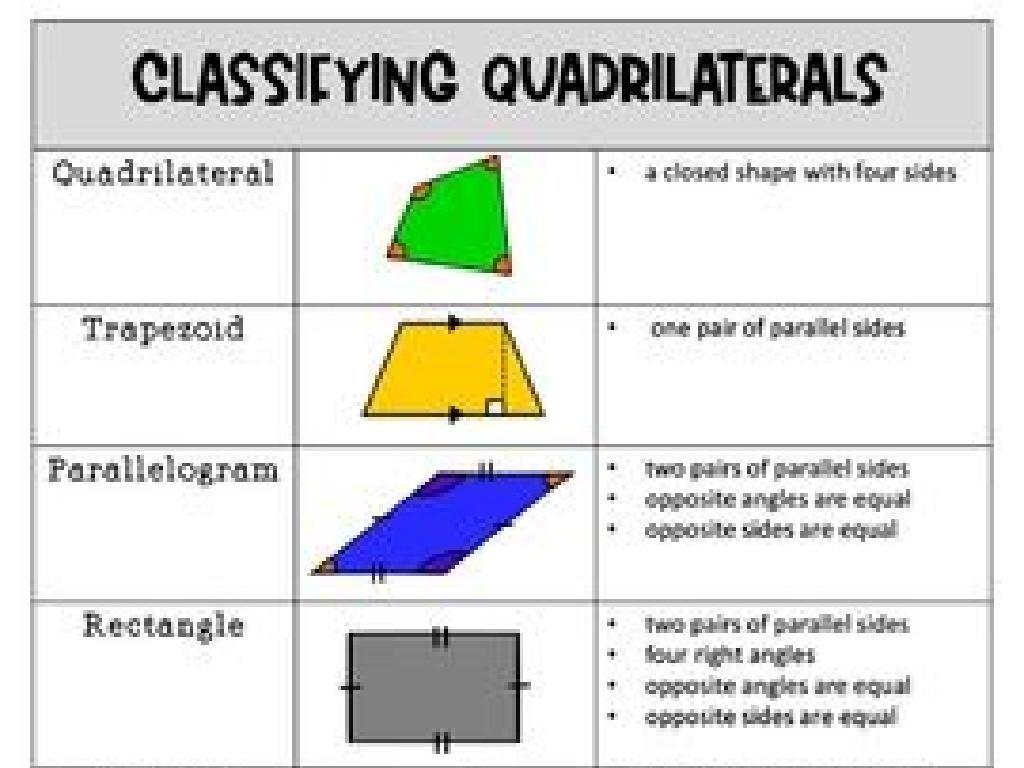Cities Of The Northeast
Subject: Social studies
Grade: Fifth grade
Topic: Cities
Please LOG IN to download the presentation. Access is available to registered users only.
View More Content
Exploring Northeastern Cities
– Discover bustling Northeast cities
– Cities like New York, Boston, and Philadelphia
– Unique traits of Northeast urban life
– Each city has its own history, culture, and landmarks
– Embark on an urban adventure
– Imagine exploring skyscrapers, museums, and parks
|
This slide introduces students to the vibrant urban centers of the Northeast United States. Highlight the significance of cities such as New York City, with its iconic skyline and cultural diversity; Boston, known for its historical importance and educational institutions; and Philadelphia, the birthplace of American democracy. Discuss the unique characteristics that distinguish these cities, including their architecture, local cuisine, and cultural events. Encourage students to think about what it would be like to visit these cities and explore their famous landmarks. The goal is to spark curiosity about urban life and the rich history of the Northeast region.
Exploring Cities: What is a City?
– Definition of a city
– An area with a large population and complex structures
– Characteristics: population, infrastructure
– Large communities with buildings, roads, and utilities
– Cities as cultural hubs
– Places with museums, theaters, and festivals
– Economic and social service centers
– Where businesses thrive and people get healthcare, education
|
Begin the lesson by asking students what they think a city is, to gauge their prior knowledge. Then, provide a clear definition of a city, emphasizing its large population and complex structures. Discuss the characteristics of cities, such as their infrastructure, which includes buildings, roads, and utilities, and services like hospitals and schools. Highlight how cities are often the heart of cultural activities, with museums, theaters, and festivals, and explain their role in the economy and in providing essential social services. Use examples of cities within the Northeast to make these points relatable and to prepare students for the upcoming detailed exploration of specific cities in this region.
Exploring the Northeast Region
– Geography of the Northeast
– A diverse landscape with mountains, forests, and coastlines.
– States in the Northeast
– Includes states like New York, Pennsylvania, and Massachusetts.
– Historical significance
– Birthplace of American Revolution and key historical events.
– Economic contribution
– Finance, education, and technology hubs boost the US economy.
|
This slide introduces the Northeast Region of the United States, focusing on its geography, the states that comprise the region, and its importance in American history and the economy. The geography of the Northeast is varied, including the Appalachian Mountains and significant coastlines that have influenced the development of cities. Highlight states such as New York, which is known for New York City, and Pennsylvania, where the Declaration of Independence was signed. Discuss the Northeast’s pivotal role in the American Revolution and its ongoing impact on the nation’s economy through various industries. Encourage students to think about how the geography of the Northeast has shaped its history and current economic strengths.
Major Cities of the Northeast
– Explore NYC, Boston, Philadelphia
– NYC: The Big Apple, Boston: The Cradle of Liberty, Philadelphia: The City of Brotherly Love
– Discover their historical significance
– NYC was the first capital, Boston’s role in the American Revolution, Philadelphia’s Liberty Bell
– Learn about the cities’ diversity
– These cities are melting pots of various cultures and ethnicities
– Understand cultural heritage
– Festivals, museums, and neighborhoods reflect rich cultural heritage
|
This slide introduces students to the major cities of the Northeast, focusing on New York City, Boston, and Philadelphia. Each city has a unique nickname and role in American history, which should be highlighted. Discuss how New York City was once the capital of the United States, Boston’s pivotal role in the American Revolution, and Philadelphia’s historical significance with the Liberty Bell. Emphasize the diversity found in these cities, with people from all over the world contributing to the cultural fabric. Encourage students to think about how different cultures can influence a city’s food, music, and traditions. Provide examples of cultural festivals or historical neighborhoods that students might visit or learn about to gain a deeper understanding of each city’s heritage.
Economic Activities in Northeast Cities
– Northeast’s economic strength
– Diverse industries like finance, tech, and education drive the economy.
– Industries and jobs in the region
– Jobs range from finance to tech to service industries.
– Importance of ports and trade
– Ports facilitate trade, bringing goods in and out.
– Impact on local and national economy
– The economy of the Northeast affects the whole country.
|
This slide aims to explain the factors contributing to the Northeast’s status as an economic powerhouse. Highlight the diversity of industries present in the region, such as finance in New York City, technology in Boston, and prestigious educational institutions. Discuss the variety of jobs these industries create, from high-paying finance and tech jobs to essential service roles. Emphasize the significance of ports like the Port of New York and New Jersey in facilitating international trade and contributing to both the local and national economy. Encourage students to think about how these economic activities affect their daily lives and the prosperity of the region.
Landmarks and Attractions in Northeast Cities
– Famous Northeast landmarks
– Statue of Liberty, Freedom Trail, and more
– Cultural hubs: museums, theaters
– Places like the MET, Broadway, and concert halls
– Reasons for city tourism
– To experience history, culture, and entertainment
– Tourism’s effect on cities
– Boosts economy, creates jobs, but can increase congestion
|
This slide aims to highlight the significance of landmarks and cultural institutions in Northeast cities and their role in attracting tourists. Students should learn about iconic landmarks such as the Statue of Liberty in New York and the Freedom Trail in Boston. Discuss the variety of cultural institutions, including museums like the Metropolitan Museum of Art, theaters on Broadway, and various music venues that contribute to the rich cultural tapestry of these cities. Explore the reasons why tourists are drawn to these cities, such as their historical significance, cultural offerings, and entertainment options. Finally, consider the positive and negative impacts of tourism on the city’s economy and daily life, such as job creation and urban congestion. Encourage students to think about their own experiences with these places or their desire to visit them in the future.
Living in a Northeast City
– Life in a Northeast city
– Housing and transportation
– Types of homes, buses, subways, and taxis
– Community services available
– Libraries, parks, and hospitals
– Challenges for city residents
– Traffic, pollution, and high cost of living
|
This slide aims to give students a glimpse into the daily life of residents in Northeastern cities. Discuss the unique aspects of urban living, including the availability of various housing options from apartments to brownstones, and the convenience of public transportation like buses and subways. Highlight community services such as public libraries, parks, and hospitals that serve city dwellers. Address the challenges faced by residents, such as dealing with traffic congestion, managing the impacts of pollution, and navigating the high cost of living in the city. Encourage students to compare and contrast these aspects with their own experiences and to think critically about how living in a city might differ from other areas.
Class Activity: Create Your City!
– Become urban planners for the day
– Design a model city in groups
– Include key city features
– Location, landmarks, transportation, community services
– Think about city essentials
– Where would you place schools, parks, hospitals?
|
This activity allows students to apply their knowledge of urban planning and the characteristics of cities in the Northeast. Divide the class into small groups and provide materials for them to build their model city. Each group should consider the geographical location of their city, what historical landmarks they might include, how people and goods will move around, and what services are needed for a community to thrive. Encourage creativity but also remind them to incorporate elements discussed in previous lessons about cities of the Northeast. Possible variations of the activity could include designing a city with a specific historical context, focusing on sustainability, or integrating technology. Assess the activity by how well students can justify the choices they made for their city’s design.
Reflecting on Northeast Cities
– Recap of Northeast cities
– Lessons for our community
– How can we use what we’ve learned to make our town better?
– Present your city models
– Discuss your design choices
– Share why you chose specific features for your model.
|
This slide aims to wrap up our unit on the Cities of the Northeast by reviewing key points and encouraging students to apply their knowledge to their own communities. Start by summarizing the main characteristics and historical significance of the cities studied. Then, engage the students in a discussion about how the positive aspects of these cities can be adapted to improve their own community. Allow each student to present the city model they’ve created, explaining the rationale behind their design choices, such as green spaces, transportation systems, or historical landmarks. This activity will help students synthesize their learning and understand the practical application of urban planning concepts.






